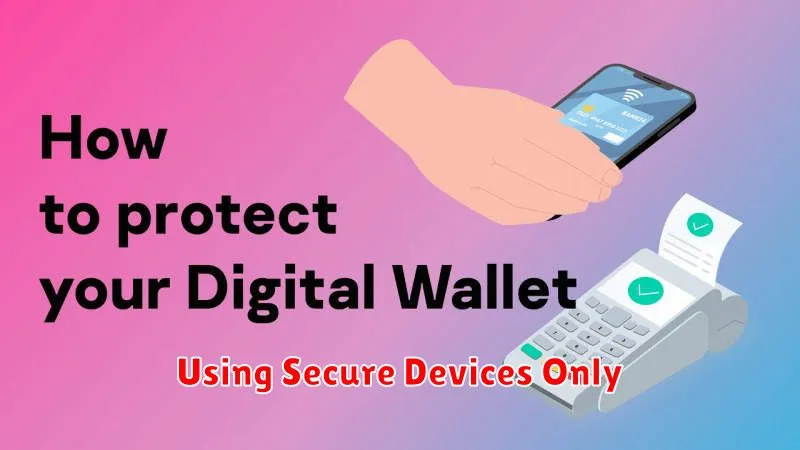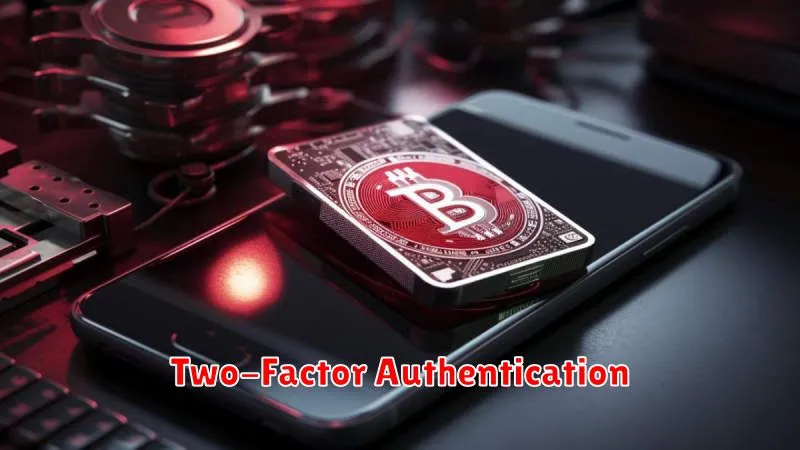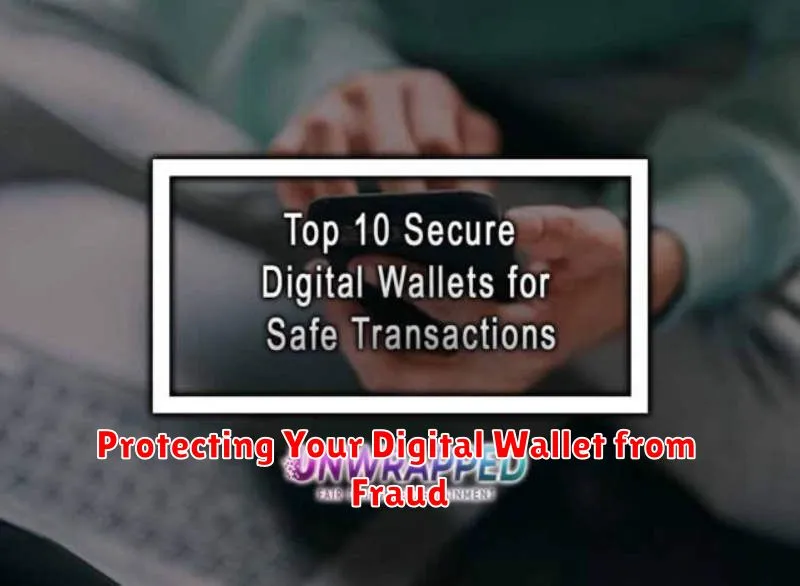In today’s increasingly digital world, protecting your digital wallet is more critical than ever. Digital wallets, encompassing everything from online banking and payment apps to cryptocurrency exchanges and investment platforms, have become central to our financial lives. With this increased reliance comes a heightened risk of fraud. Digital wallet fraud can take many forms, including phishing scams, data breaches, and malware attacks. Understanding the risks and taking proactive steps to protect your digital wallet is paramount to safeguarding your financial well-being.
This article will provide essential guidance on how to protect your digital wallet from fraud. We will explore key security measures, including strong passwords, two-factor authentication, and recognizing common fraudulent activities. We will also discuss the importance of regularly monitoring your accounts for suspicious activity and understanding your rights and responsibilities in case of fraud. By implementing these strategies, you can significantly reduce your vulnerability to digital wallet fraud and maintain control over your financial assets.
Common Digital Wallet Threats
Phishing attacks are a prevalent threat. These involve fraudulent emails, text messages, or websites disguised as legitimate services attempting to steal your login credentials or personal information.
Malware can infect your device and compromise your digital wallet. This malicious software can steal data, monitor your activity, or even gain control of your device.
Weak passwords or using the same password across multiple accounts makes you vulnerable to account takeover. Strong, unique passwords are crucial for security.
Unsecured Wi-Fi networks pose a risk. Connecting to public Wi-Fi without a VPN can expose your data to interception by hackers.
Device loss or theft can compromise your digital wallet if not properly secured with strong passcodes or biometric authentication.
Using Secure Devices Only

Protecting your digital wallet starts with securing the devices you use to access it. Using compromised devices puts your financial information at significant risk.
Ensure your devices have the latest software updates installed. These updates often include vital security patches that address known vulnerabilities. Avoid using public computers or unsecured Wi-Fi networks to access your digital wallet. These environments can be easily compromised, exposing your sensitive data to potential threats.
Strong passwords and biometric authentication like fingerprint or facial recognition add extra layers of security. Enable these features whenever possible.
If a device is lost or stolen, immediately contact your financial institution and digital wallet provider to suspend or disable your accounts.
Two-Factor Authentication

Two-factor authentication (2FA) adds an extra layer of security to your digital wallet by requiring two distinct forms of identification to verify your identity. This makes it significantly more difficult for unauthorized individuals to gain access, even if they manage to obtain your password.
How 2FA Works: Typically, 2FA involves something you know (like your password) and something you have (like a unique code sent to your phone or generated by an authentication app). This second factor can take various forms, including:
- One-Time Passwords (OTPs) sent via SMS: A code is texted to your registered mobile device.
- Authenticator Apps: These apps generate time-based one-time passwords (TOTPs) on your device.
- Hardware Security Keys: Physical devices that plug into your computer or connect wirelessly.
- Biometrics: Fingerprint or facial recognition.
By enabling 2FA on your digital wallet, you significantly strengthen its resistance against unauthorized access and fraudulent activities. This added security measure is highly recommended for protecting your financial information.
Avoiding Suspicious Links
One of the most common ways criminals gain access to digital wallets is through phishing attacks. These attacks often involve deceptive emails, text messages, or social media posts containing suspicious links. Clicking these links can lead to fake websites designed to steal your login credentials or install malware on your device.
Exercise extreme caution when clicking on any link, especially those received unexpectedly. Carefully examine the sender’s address and the link itself. Look for misspellings or unusual characters in the URL. If anything seems suspicious, it’s best to err on the side of caution and avoid clicking the link altogether.
Instead of clicking on links directly from emails or messages, manually navigate to the official website by typing the address into your browser. This ensures you are accessing the legitimate site and not a fraudulent imitation.
Monitoring Wallet Activity
Regularly monitoring your digital wallet activity is paramount to safeguarding your funds and personal information. Consistent oversight allows you to quickly identify and address any unauthorized transactions or suspicious behavior.
Make it a habit to review your transaction history frequently. Look for any payments you don’t recognize. Some wallets offer real-time alerts for any activity, which can be invaluable in preventing fraud. Enable these notifications if available.
Pay attention to small, unauthorized transactions. Fraudsters often test stolen credentials with small purchases before attempting larger ones. Catching these early can prevent significant losses.
Reporting Suspicious Behavior
If you encounter any suspicious activity related to your digital wallet, it’s crucial to report it immediately. This helps protect your funds and aids in preventing further fraudulent activities.
Signs of suspicious behavior might include unauthorized transactions, unfamiliar login attempts, phishing emails or messages requesting personal information, or unusual app behavior.
Steps to take when reporting suspicious activity:
- Contact your digital wallet provider immediately. Most providers have dedicated customer support channels for reporting fraud, such as phone numbers or email addresses. Be prepared to provide details about the suspicious activity, including dates, times, amounts, and any other relevant information.
- Change your digital wallet password and any other associated passwords, such as your email or bank account passwords. Choose a strong, unique password that you don’t use for other accounts.
- If you suspect your financial information has been compromised, contact your bank or credit card company to report the incident and take necessary precautions, such as freezing your accounts or issuing new cards.
By taking swift action and reporting suspicious behavior, you play a vital role in safeguarding your digital finances.

